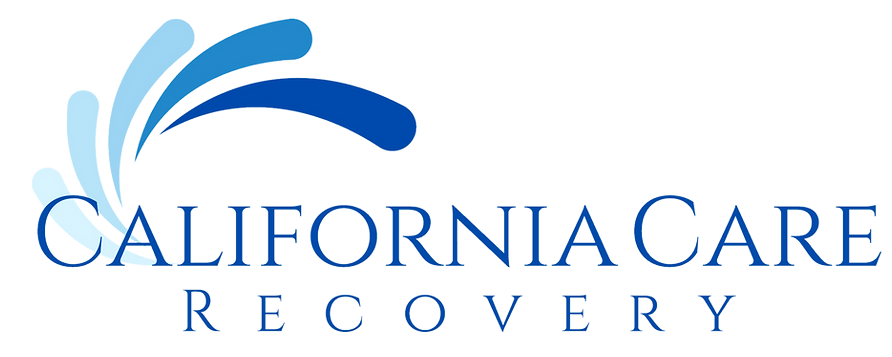The dangers of fentanyl within the opioid crisis are vast and continue to escalate across the country. Since entering the medical market, this synthetic opioid has made headlines—not for its healing potential, but for the alarming toll it has taken on communities. While fentanyl can be an effective medication for managing severe pain, especially in cancer patients, its powerful potency makes it highly addictive and dangerous when misused.
So, why is fentanyl so popular? Despite being a prescription medication, it has found its way into the illegal drug trade due to its low production cost, high potency, and ability to be mixed with other substances—often without a user’s knowledge. You’ve likely heard of fentanyl-laced pills, record-breaking drug busts, and the tragic rise in overdose deaths, but understanding how we got here requires looking at both its medical origins and the social and economic factors fueling its spread.
How did a drug approved by the U.S. Food and Drug Administration (FDA) become one of the most harmful and widespread substances in modern history? Let’s go back to the beginning.
What Is Fentanyl?
The United States Drug Enforcement Association (DEA) describes fentanyl as “a synthetic opioid typically used to treat patients with chronic severe pain or severe pain following surgery.” Morphine was once the go-to drug for these needs, but fentanyl is 100 times more potent than the alternative. Its initial use and the reason for its creation was for cancer patients. But, because it is so potent and effective for even the worst pain, it quickly became directed into a drug of abuse.
Like many opioids, fentanyl effects are:
- Relaxation
- Euphoria
- Pain relief
- Sedation
- Confusion
- Drowsiness and dizziness
- Nausea and vomiting
- Urinary retention
- Pupillary constriction
- Respiratory depression
Although these effects are common for opioids, the strength of fentanyl makes it riskier.
The likelihood of overdosing on fentanyl compared to other drugs is extremely high. According to the 2021 article, A Parallel Epidemic: More Overdose Deaths in 2020, Fentanyl Fatalities Spike from Colorado Health Institute, “In 2020, overdoses involving fentanyl made up about 68% of all prescription opioid deaths. Between 2019 and 2020, the number of overdose deaths involving fentanyl more than doubled, from 222 to 540.”
Understanding Why is Fentanyl So Popular?
Even though fentanyl was initially meant to be used with proper supervision from a physician, its potency made it lucrative for drug dealers. Because it offers such intense effects, drug dealers sell it to people with addictions who want an even more potent high.
Because people need less of it to get similar effects to something like heroin, it is cheaper to make and buy, leading to more problems. Some people will seek out illicit fentanyl, but dealers will lace other drugs with it because it is cheaper to make than other drugs. People who believe they are buying pure heroin, pain killers, or anxiety medication are getting fentanyl, a drug that is lethal in a small dose.
Without regulations, fentanyl is even more dangerous. Even regulated, it caused problems. At the start of the opioid crisis, it was discovered that pharmaceutical companies misled the medical community that the drug’s potential for abuse was much lower than it was in reality. This led to medical providers prescribing the drugs more so than ever before, without proper knowledge of its risk.
After leading to widespread addiction, overdoses, and deaths, the government put strict regulations on such drugs. People already addicted to fentanyl from their doctors could no longer get it, leading to withdrawal symptoms. Many of these people, now unable to get access to their prescription painkillers, turned to heroin as a way to satisfy their addiction. And this isn’t just risky in terms of the laws, but the potential for overdoses with street drugs is extreme.
Unfortunately, experts believe this problem is bound to get worse before it gets better. Because fentanyl is so readily available through illegal means, without regulations or medical guidance, the likelihood of death linked to fentanyl goes up. The DEA claims that drug trafficking organizations typically distribute fentanyl by the kilogram, and just one kilogram of fentanyl has the potential to kill 500,000 people.
Treatment for Fentanyl Addiction

Like other drug addictions, fentanyl addiction is most effectively treated with detox, rehab, and therapy. Medications are often used to curb cravings and reduce withdrawal symptoms. Attempting to stop fentanyl cold turkey without medical intervention can be highly dangerous and even fatal. Since fentanyl overdoses have skyrocketed, some drugs can treat an overdose when given right away. It is not a cure for addiction but works by blocking the effects of opioid medications. Due to the intense strength of fentanyl, sometimes multiple doses of such drugs are required to be effective.
To prevent overdoses, some states in the U.S. passed laws allowing pharmacists to dispense this drug without prescription so that friends and family can use it to save someone who is overdosing. Because there is still so much work to be done to stop the opioid crisis, especially the effects of fentanyl, it is crucial to seek treatment for any signs of addiction.
Fentanyl, once known as a miracle drug for those with chronic pain, quickly became one of the most lethal drugs on the planet. The misleading information from drug companies led to doctors overprescribing a drug they didn’t know was so addictive. From there, drug dealers took advantage of those with addictions and either got them hooked on the even more dangerous drug or dose people without their knowledge. A fatal dose of fentanyl is so small that people who believe they are taking one pill for pain or anxiety can overdose with just that. Although a lot needs to be done at the state and federal levels to combat the opioid crisis, the best way to protect yourself and your loved ones is to seek treatment for any addictions. Contact California Care Detox & Treatment for more information on how we can help you or your loved ones recover from an addiction.
